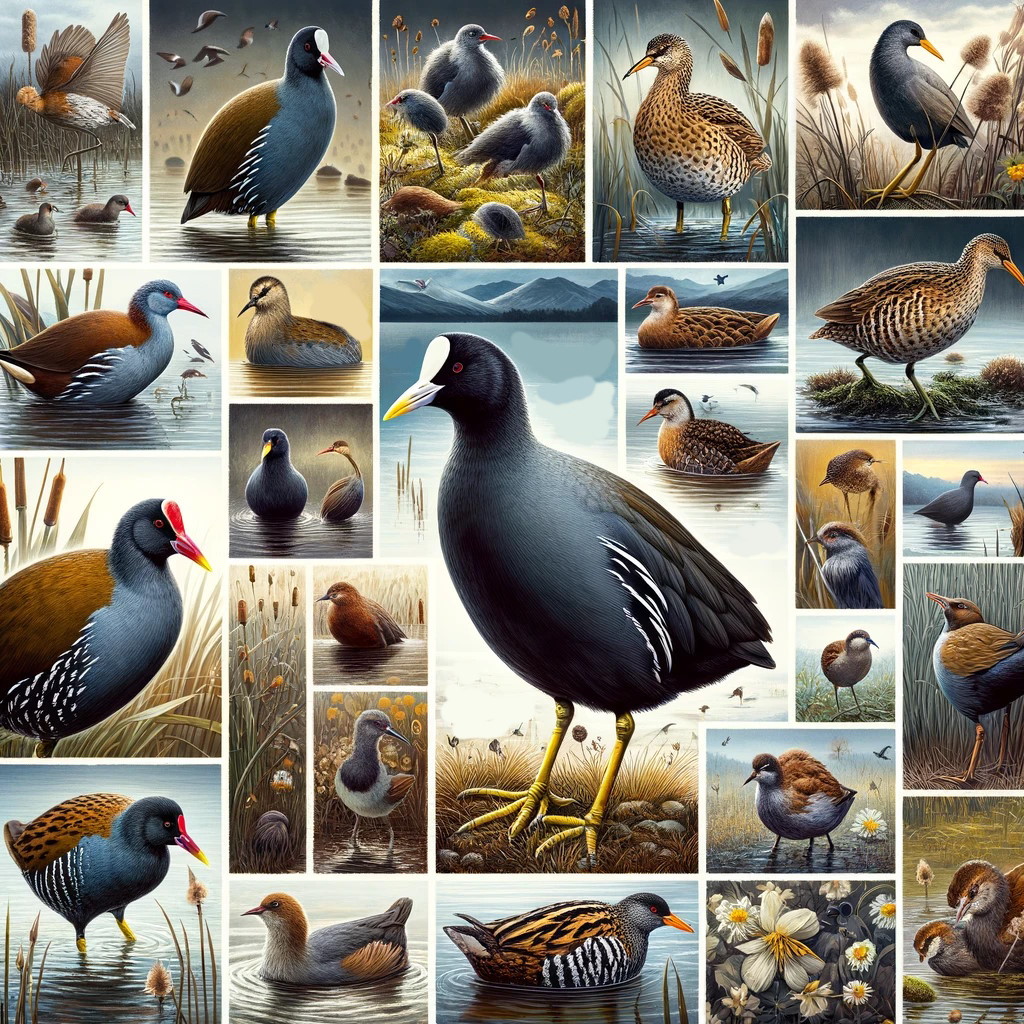
Nestled in the heart of the Himalayas, Nepal is a treasure trove of natural beauty and biodiversity. The country's rich ecosystems provide a habitat for countless species of flora and fauna. Among these diverse inhabitants stands the Rallidae bird family. These elusive birds play a vital role in maintaining the ecological balance in Nepal. Let's dive deeper into the world of Rallidae birds and explore their importance, ecology, and contribution to biodiversity.
Understanding the Rallidae Bird Family
The Rallidae family consists of small to medium-sized birds that are commonly known as rails, crakes, gallinules, and coots. These birds can be found in various ecosystems including wetlands, marshes, and forests. Primarily ground-dwelling, they possess stout beaks, powerful legs, and long toes adapted for walking on muddy or marshy ground.
Ecological Importance of Rallidae Birds in Nepal
Rallidae birds hold significant value within their ecosystems. As both predators and prey within food chains, they contribute to maintaining a delicate balance among different species in their habitats. Feeding on insects, small mammals, and aquatic plants, these birds help control insect populations and contribute to plant pollination.
Moreover, their nests built near wetlands play an essential role in preventing soil erosion by stabilizing the shoreline. They also serve as bioindicators for assessing water quality due to their sensitivity to pollutants.
Diversity and Unique Insights
Nepal boasts a wide variety of rallid bird species, adding richness to its biodiversity. Some notable species include the endangered Red-crowned or Nepal Parrotbill (Paradoxornis nipalensis), rare White-breasted Waterhen (Amaurornis phoenicurus), Spotted Crake (Porzana porzana), and the globally vulnerable Swinhoe's Rail (Coturnicops exquisitus).
These diverse rallid species not only stand as a testament to the rich biodiversity of Nepal but also provide insight into the ecology and behaviors of this fascinating bird family.
Conservation Efforts
Despite their ecological importance, Rallidae birds face threats from habitat loss, pollution, and hunting. Nepal's policymakers and conservationists have made concerted efforts to protect these birds, their habitats, and overall biodiversity. Designating national parks, wildlife reserves, and wetland conservation areas are among the measures taken to ensure a sustainable future for these birds.
Final Thoughts
The Rallidae bird family's presence in Nepal provides crucial insights into their ecology and the importance of conserving these unique species. By understanding their role within ecosystems and raising awareness about their conservation needs, we can work together to protect both the Rallidae birds and the diverse habitats in which they thrive. As stewards of our environment, let's celebrate and protect Nepal's incredible biodiversity for generations to come.
